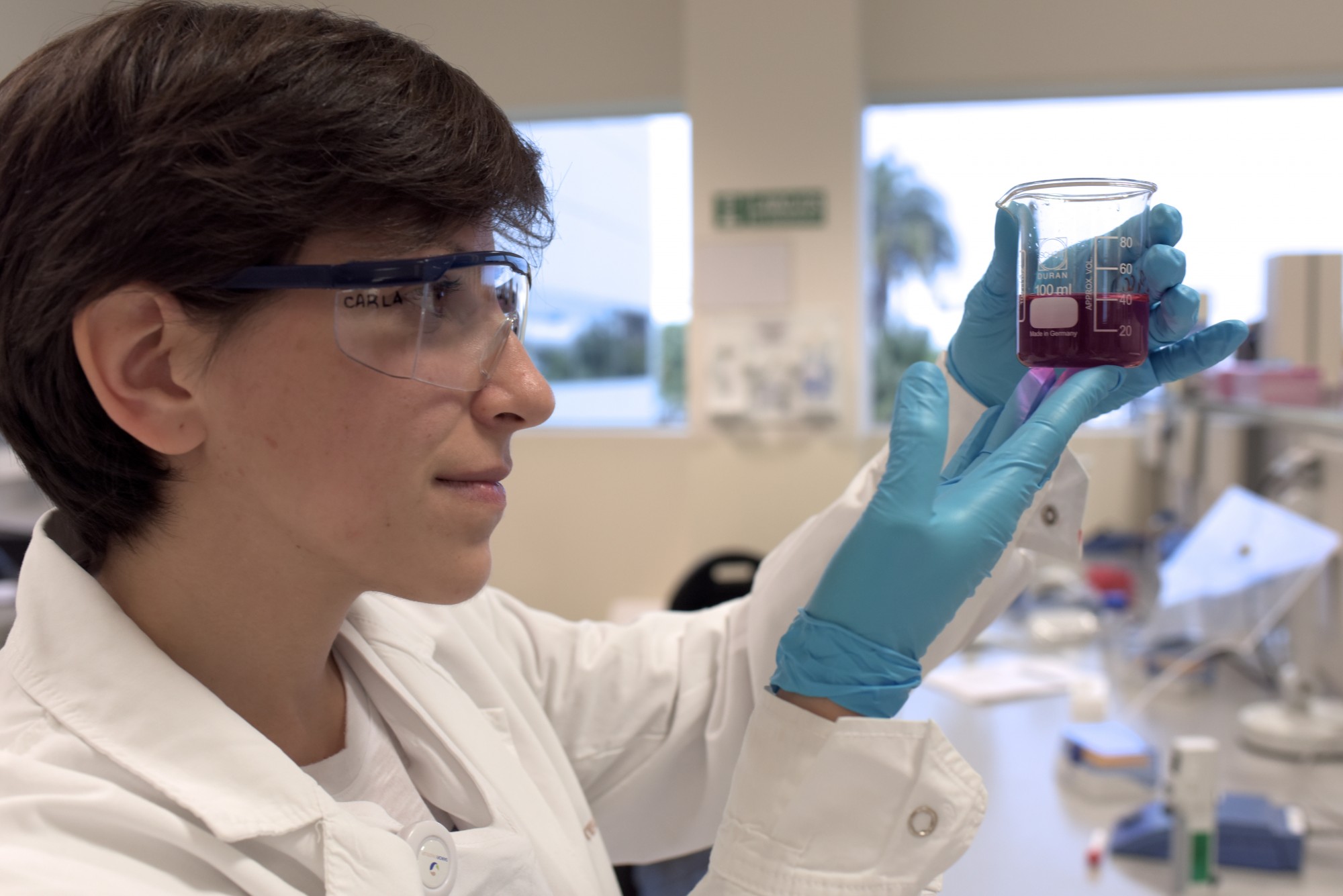G-FINDER report: Investment in neglected disease R&D by multinational pharmaceutical companies grew by more than a quarter in 2018, reaching its highest-ever level
Geneva, 30 January 2020: IFPMA, the global R&D biopharmaceutical industry association, welcomes the 2019 G-FINDER report, which tracks public, private and philanthropic investment into product R&D for neglected diseases. The report shows the biopharmaceutical industry is now the second largest funder, after the USA’s National Institutes of Health (NIH) and before the Bill and Melinda Gates Foundation.
Private sector funding for neglected diseases, which predominantly affect the developing countries, rose sharply in 2018. The multinational pharmaceutical companies invested a total of $598m in neglected disease R&D in 2018 (up $132m, or a 28% increase). As products progressed through the pipeline, companies invested heavily in clinical development and post registration studies ($422m, 71%), with 20% ($118) of the funding dedicated to early-stage research.
It is also encouraging that the 2018 increase was distributed more evenly that in the past. Nearly half (43%) of the growth in multinational pharmaceutical companies investment went to diseases outside the “big three” (HIV/AIDS, malaria and TB).
While overall funding for the WHO neglected tropical diseases (NTDs)[1] has remained fairly flat over the last decade, industry investment has actually been one of the few positive stories in this area, with a steady growth over the course of the last twelve years, increasing five-fold since 2007.
“Today we are celebrating the first ever NTD Day and I am pleased to see that investment by multinational pharmaceutical companies reached its highest-ever level last year. However, we are far from having all the tools we need to control and eliminate NTDs. Our industry is committed and engaged in a long-standing fight, and will continue to dedicate teams of world-class researchers and our facilities to find new cures for these diseases that affect the poorest of the poor. “Collaboration” is the watchword: cross-sectoral cooperation and public-private partnerships are more important than ever if we want to further catalyze innovation, harness the power of science and technology, and help unlock new ways of reaching a world free of NTDs” said Thomas Cueni, Director General, IFPMA.
Biopharmaceutical companies also provide in-kind contributions that are specifically targeted to neglected disease R&D. Although difficult to quantify, these inputs are critical for their recipients, and may represent a significant cost to companies. This includes sharing some intellectual property assets such as research data on compounds – generated over many years of research – to condense the time needed to find new, promising treatment leads. In addition, companies give access to research facilities, hosting scientists and providing training, forgoing licenses or providing royalty-free licenses on co-developed products. Other inputs include transfer of technology, and building technical expertise to develop, manufacture, register and distribute products for neglected diseases.
The innovative biopharmaceutical industry’s support to NTDs is multi-faceted, and R&D activities are complemented by medicines donations and programs to strengthen health system capacities and improve public awareness on disease prevention. 2020 is a landmark year for NTDs: the London Declaration – a collaborative eradication program which has been running since 2012, where the industry pledged 14 billion donated treatments to control or eliminate ten NTDs – is coming to an end and a new chapter is being forged. The next phase of the London Declaration is being developed to fast-track the gains already made through this collaboration. The innovative biopharmaceutical industry is committed to supporting these important efforts by working alongside governments and relevant stakeholders to sustain gains and accelerate progress towards the control and elimination of NTDs.
[1] List of 20 NTDs: https://www.who.int/neglected_diseases/diseases/en/





